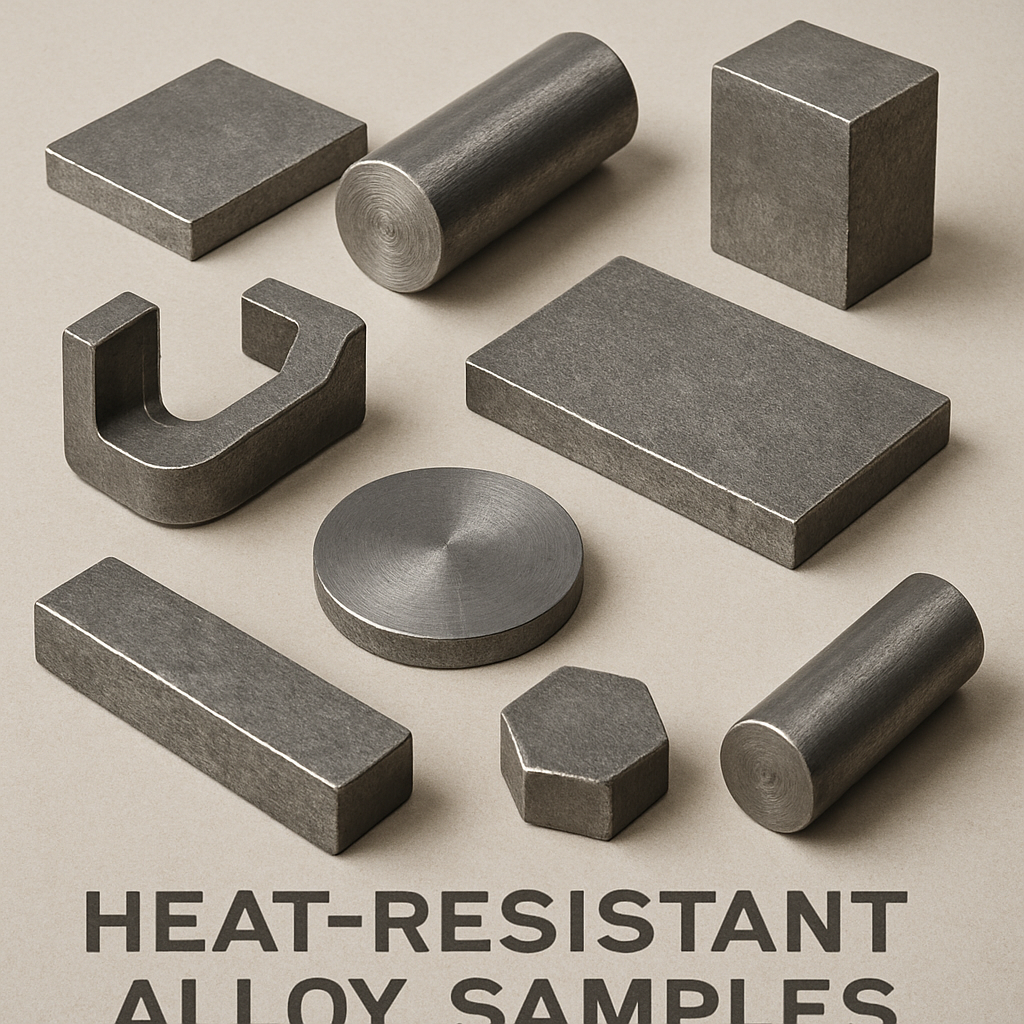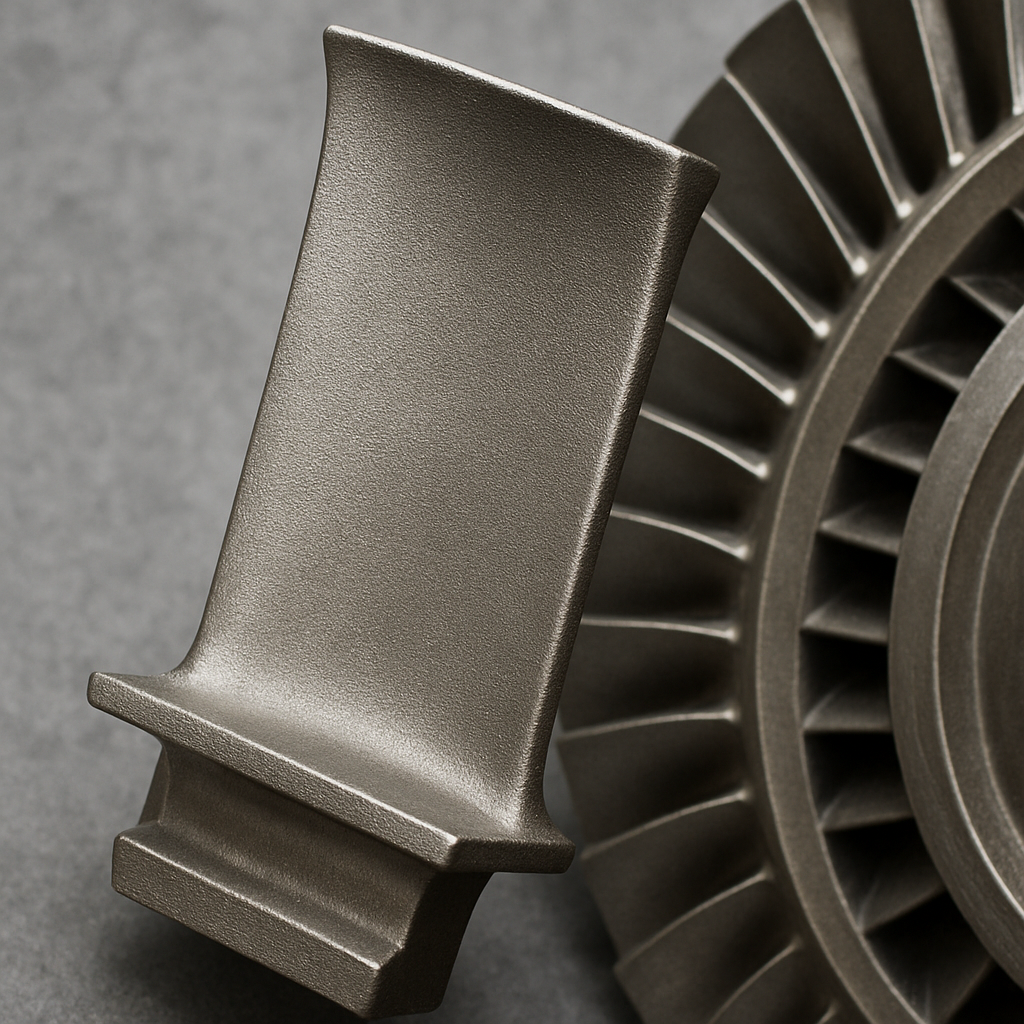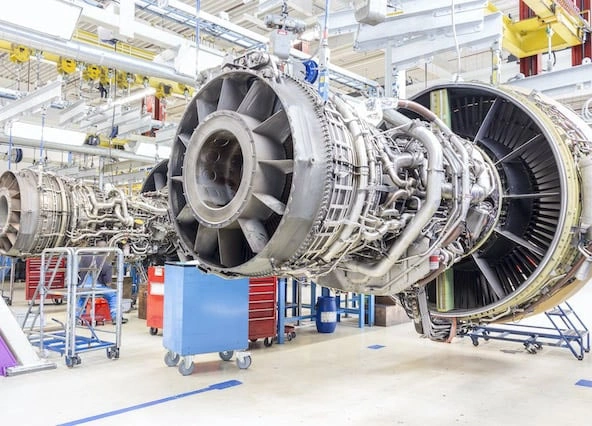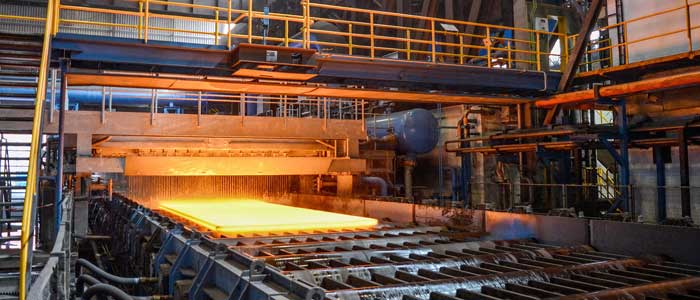In today’s rapidly advancing industrial world, the need for materials that can withstand extreme conditions is ever-growing. One such solution lies in heat-resistant alloys. These remarkable materials are engineered to perform under high temperatures, ensuring durability and efficiency in various applications. In this article, we delve into the benefits of heat-resistant alloys, exploring their applications and why they are essential in modern industry.
Heat-resistant alloys, often referred to as temperature-resistant alloys, are specially designed metals that maintain their strength and integrity under extreme heat conditions. These alloys are typically composed of a blend of metals, such as nickel, chromium, and iron, which contribute to their ability to endure high temperatures without degrading.
The Composition of Heat-Resistant Alloys
The composition of these alloys plays a crucial role in their performance. Nickel, for instance, provides oxidation resistance, while chromium enhances corrosion resistance. The combination of these and other metals results in an alloy that can withstand the harshest environments.
Key Benefits of Heat-Resistant Alloys
Durability Under Extreme Conditions
One of the primary advantages of heat-resistant alloys is their ability to maintain mechanical strength at elevated temperatures. This makes them invaluable in industries where heat-intensive processes are common, such as aerospace, automotive, and power generation.
Resistance to Oxidation and Corrosion
Heat-resistant alloys are known for their impressive resistance to oxidation and corrosion. This characteristic is vital in applications where materials are exposed to harsh chemical environments or fluctuating temperatures, ensuring longevity and reliability.
Cost-Effectiveness
While the initial investment in heat-resistant alloys may be higher than standard metals, their durability and long lifespan often lead to cost savings in the long run. Reduced maintenance and replacement costs make them a financially sound choice for many industries.
Applications of Heat-Resistant Alloys
Aerospace Industry
In the aerospace sector, high-temperature alloys are essential for components such as jet engines and turbine blades. These parts must endure extreme heat and pressure, making heat-resistant alloys the material of choice for ensuring safety and performance.
Automotive Industry
The automotive industry relies on heat-resistant metals for parts like exhaust systems and turbochargers. These components face high temperatures regularly, and the use of heat-resistant alloys ensures they function efficiently and last longer.
Power Generation
Power plants often operate under extreme heat conditions. High-temperature alloys are used in boilers, heat exchangers, and turbines, where they play a critical role in maintaining efficiency and preventing failures.
Chemical Processing
In chemical processing, materials are exposed to both high temperatures and corrosive environments. Heat-resistant alloys are used in reactors, piping, and other equipment to ensure safe and efficient operations.
Selecting the Right Heat-Resistant Alloy
When choosing an alloy for a specific application, several factors must be considered:
Temperature Range
It’s essential to select an alloy that can withstand the maximum operating temperature of your application. Different alloys have varying temperature thresholds, so understanding the limits is crucial for performance.
Environmental Conditions
Consider the environmental conditions the alloy will be exposed to, such as the presence of corrosive chemicals or fluctuating temperatures. This will help determine the most suitable alloy composition.
Mechanical Requirements
Assess the mechanical requirements of the application, including strength, ductility, and hardness. These factors will influence the choice of alloy to ensure it meets the necessary performance criteria.
Challenges and Innovations in Heat-Resistant Alloys
The development of heat-resistant alloys is not without its challenges. Researchers are continually seeking ways to improve these materials to meet the demands of modern industry.
Advances in Alloy Composition
Innovations in alloy composition are at the forefront of this field. By experimenting with different metal combinations and proportions, scientists aim to create alloys with enhanced properties, such as improved oxidation resistance and mechanical strength.
Environmental Considerations
As industries become more environmentally conscious, there’s a growing focus on developing heat-resistant alloys that are sustainable and recyclable. This involves researching eco-friendly production methods and materials that reduce environmental impact.
Conclusion
Heat-resistant alloys are a cornerstone of modern industry, offering unmatched durability and performance in extreme conditions. From aerospace to power generation, these materials play a vital role in ensuring the safety, efficiency, and longevity of critical components. As research and innovation continue to advance, the future of heat-resistant alloys promises even greater benefits, paving the way for more resilient and sustainable industrial solutions.
By understanding the benefits and applications of heat-resistant alloys, industries can make informed decisions that enhance performance and reduce costs. With their remarkable properties, heat-resistant alloys are set to remain an essential component of industrial progress for years to come.









